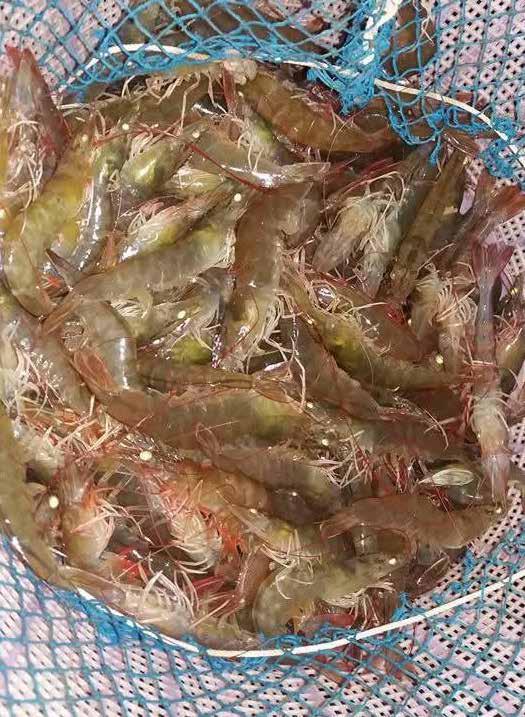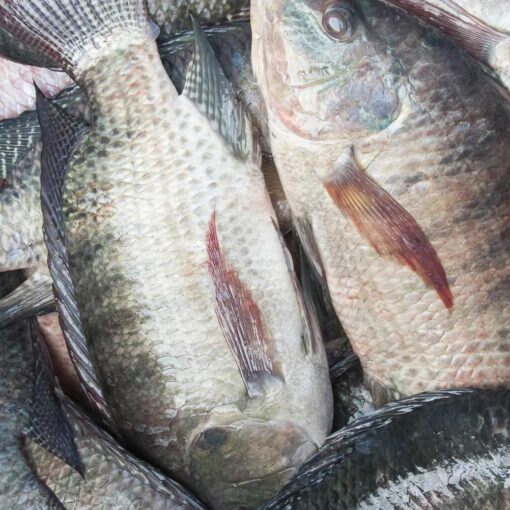* By Philip Buike
Pakistan shares the same climatic conditions as the Gujarat region of India (an area with a booming shrimp industry), so it has the same low land and labor costs and also could certainly benefit from a boost in hard currency generating exports, shrimp farming would appear to stand out as a logical option. However, as we will see, despite sporadic ventures by both the government and private enterprise since the early 90´s, Pakistan´s shrimp exports continue to be almost entirely dominated by the wild fishery.
In this article, I will briefly review the history of shrimp farming in Pakistan up to present, mentioning the most notable ventures and what could be learnt from these attempts at establishing a viable industry.
The latter part of the article will discuss what I feel will be required to maintain current impetus and how the challenges that will arise from upscaling could be met.
A Brief History of Shrimp Farming in Pakistan
It has long been recognized that Pakistan has all the key factors shared by the major shrimp producing nation; that is, a favorable climate, available land with access to either seawater or brackish water, low labor and land purchase costs and reasonable proximity to international markets. Pakistan actually has a land border with China, the World’s largest market for farmed shrimp and literally millions of acres of underutilized land around the Indus Delta that could be used to raise warm water shrimp.
With this in mind it is not surprising that the first attempts at shrimp farming go back more than thirty years, starting with a project set up by the department of livestock and Fisheries and Lipton’s Tea Company. According to reports by the FAO, amongst the main reasons this project failed was the lack of locally available feed, seed and local expertise, three issues that appear to be recurrent problems over the years.
In the early 2000`s a second major government initiative involved the construction and operation of a Shrimp hatchery in Hawk´s Bay, a coastal area just south of Karachi. Larvae of a local shrimp species Fenneropenaeus merguiensis, were produced using eggs from wild caught females, a strategy that has since shown to be extremely risky in terms of biosecurity. The larvae produced were reared to adults in converted extensive fish farms in the adjoining area of Gharo, a vast mangrove delta system that is ideal for this purpose.
A second hatchery was built in Clifton (relatively close to the first hatchery site), but this was also closed down after a few years of inconclusive results. Reasons cited include low growth due to low salinity during the grow out phase, high feed costs and fundamentally, less profitable than alternative fish crops for local farmers.
Moving forward to the current decade, there has not been any significant advances in Shrimp production until late 2024, when a private company announced the export of Penaeus vannamei cultured in the Gharo area of the Indus delta. Closer inspection reveals a highly organized operation using relevant technology and competent management strategies. At the time of writing a second local company whose core business is oil, is also actively starting up operations in roughly the same area, in what appears to be a large enough scale to be significant.

Previous Government Initiatives, Outcomes and Lessons Learnt
In the past, the government’s approach to developing new export agro-industries (including shrimp) has had two major flaws.
1.No infrastructure support
Because the various segments of the production/value chain fall under the jurisdiction of multiple government departments from environmental protection to export legislation, coordination and a shared vision is key to overall success. However, rather than implementing a collaborative effort, involving all relevant entities from inception, the government has up to now, treated these projects as standalone initiatives with no general blue print to follow.
As a result, projects in the agriculture, livestock, and fisheries sectors have all tended to focus predominately on production, and within this, often limited to small scale proof of concept pilot projects. Whilst this has value as a very first step, it is not nearly enough to provide a solid foundation for an industry. Therefore, it is no surprise that previous efforts floundered once the product was harvested (i.e. at the point of sale), not during the production process itself.
2. No recognition of the importance of scale
Secondly, the government has consistently and despite evidence to the contrary, assumed that demonstrating the possibility of production of certain agricultural products would automatically attract private sector investment in agro-inputs, particularly processing, marketing and distribution in order to complete the production/distribution chain. However, the private sector has understandably, remained hesitant to invest until assured of a sufficient scale of production to be able to penetrate foreign markets.
Meanwhile, due to underdeveloped value chains, farmers often faced challenges in cost-effective input procurements as well as selling their produce at a fair price, so they, in turn, started switching to other options, ultimately undermining the government’s efforts. This unfortunately has been exactly the case up to very recently, for shrimp farming in Pakistan, with local farmers reverting to fish production for the local market after finding serious difficulties in selling their first shrimp crops.
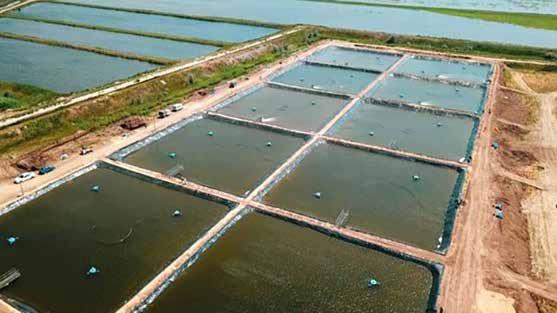
By drawing on lessons learned, I feel government initiatives would be more effective if they were concentrated on the following priorities:
i. Adopt an approach that focuses on developing all segments of the value chain simultaneously. In other words, design a realistic Policy Framework in conjunction with the private sector and ensure that its implementation is fully coordinated across all the different administrative departments involved, not just livestock and fisheries, as appears to have been the case on previous occasions. Fundamentally, the Pakistani government must ensure that all relevant departments and ministries are fully coordinated and are acting as partners with the private sector, not just as a legislative body divorced from the success of this initiative.
ii. Investment incentives. This could be achieved by actively engaging the private sector (both investors and entrepreneurs) by offering strategic incentives, particularly in the areas of seed and feed provision and processing. Elimination of import duties on necessary equipment for production and processes, along with tax incentives for potential investors would be a real help and a positive sign that the government was serious in its intention to support this industry.
Another possibility would be to implement key interventions under a public-private partnership model — publicly funded and privately executed — rather than leaving it entirely to the private sector. This however would be an unusually brave step for Pakistan´s current political regime.
iii. Foreign market promotion. Countries such as Ecuador have demonstrated how important generic promotion can be. As such, the Pakistani Government could have a major impact on international market acceptance through the promotion of national shrimp and ensuring that quality control and international food hygiene standards are rigorously followed in those processing plants approved for shrimp export.
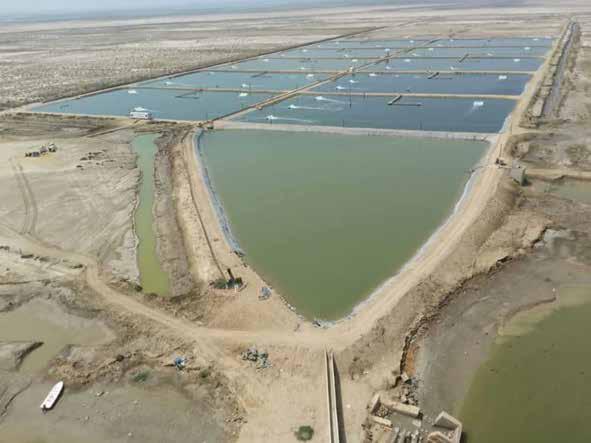
3. So, what has changed?
Although Pakistan does not currently have a single hatchery that can provide shrimp eggs to private-sector farmers, nauplii are imported mainly from Thailand and Vietnam. These very early-stage larvae are then reared to post larvae and distributed to local farmers at a reasonable price. This I feel is a sensible strategy at this stage, post larvae are not limited in either price, availability or quality and once production volume justifies the investment, a domestic maturation unit(s) will be established.
Technically this does not present the challenge it did when Ecuador for example, was just getting off the ground. So though technically Pakistan does not yet have an internal seed supply, in reality this is not a barrier to expansion as seed is being located at a competitive price and of high quality due to the extensive experience of suppliers.
Similarly, until recently, specialized shrimp feed was not produced locally, forcing farmers to rely on costly imports. However Thai Union (a reputable and well-established feed company) is now producing shrimp feed in Pakistan, that said, more national feed mills would certainly be welcome. However, specialist shrimp diet is now available at internationally competitive prices and as feed represents around 60% of direct operating costs, the importance of this cannot be overstated.
Undoubtedly, there continues to be a lack of local expertise in shrimp farming operations; As such, startup companies have either associated with foreign operators with proven track records or hired foreign consultants to guide them through the operation process. This is a necessary step and something that both Ecuador and India invested in during the early years, time has shown that this was justified. Local operators will learn from observation of best practices and will soon be able to independently run successful production modules, as has been amply demonstrated in India over the last decade or so.
So, whilst Pakistan has always had the natural conditions favorable to shrimp farming, it currently also has access to local feed and seed, and can count on expertise gained in similar environments in leading shrimp producing nations.
However, ground up processing from harvest to packaging is also vital if Pakistan is to get a toehold in a very competitive international market.
The current lack of end-to-end cold chain and inadequate processing and value-added facilities compliant with international food safety standards, could potentially pose challenges to the development of shrimp farming in the short term. It is in this area, not production, that the industry could most benefit from government support to establish linkages to successfully locate the finished product in leading export markets.
Note: this directly relates to production volume or scale. In broad terms, to be economically efficient, a packing plant needs at least 25 tons of product per day, every day. This equates to an annual raw material demand (whole shrimp) of around 10,000 tons or around 500 hectares of semi-intensive shrimp ponds, not a lot by international standards but quiet a goal if you are starting from nothing.
In other words, to get this off the ground, Pakistan (or more realistically, a group of investors (such as Dhabaji and Energi Asia, two of the first pioneers) need to get about 500 hectares of shrimp ponds into production as soon as possible. With that production volume, there will be enough incentive to build all the hatcheries, feed mills and packing plants that are required.
The current tendency therefore appears to be a move away from government lead initiatives toward private sector ventures, initially financed by local capital. This is a pattern I have seen before in other countries that eventually became shrimp power houses. It takes time to get local investors onboard, but when they do, things usually move very quickly, as foreign investment is attracted by tangible results and the fact the local businesses are already involved.
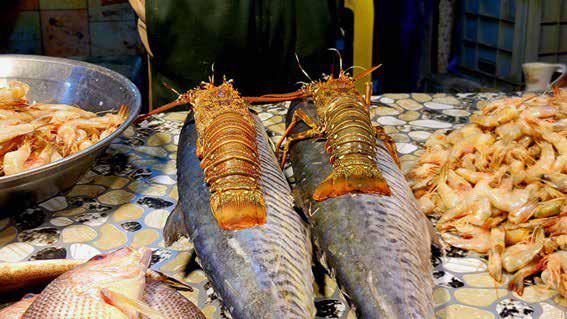
Conclusions
The current situation and a pathway for the future of shrimp farming in Pakistan can be summarized as follows:
» The physical production of shrimp in Pakistan is a proven reality.
» Historically, industry growth has been seriously restricted due to lack of input materials and support infrastructure.
» Currently, the private sector initiatives have led to a significant improvement in the situation by demonstrating viable export pathways, and provision of vital inputs such as feed and seed at internationally competitive prices.
» Government initiatives have up to present, not been particularly effective, however there is a significant role for a coordinated government/private sector joint effort. That said, it is likely that the private sector will forge ahead with or without this help.
In conclusion therefore, Pakistan potentially has a great future if and when a critical production volume is reached (about 10,000 tons per year), such that large scale investment in support infrastructure is warranted.
This could happen very quickly, if one or two big players decide to get involved or perhaps less so, if limited solely to the efforts of local investors, but at this stage I think it is safe to say that finally, shrimp farming in Pakistan, is here to stay.

Philip Buike C.V. holds a bachelor’s degree in Fisheries Science from the University of Plymouth and a master’s degree in Aquaculture and Pathology from the University of Stirling. He has over 30 years of industrial experience in shrimp farming and now has his own consultancy company specializing in intensive shrimp farming projects. He built Europe’s only commercial shrimp hatchery in the Austrian Alps and is currently chief consultant for Vismar International Ltd. If you are interested in finding out investment potential in Shrimp farming in Pakistan, please contact the Author: philipbuike64@gmail.com






